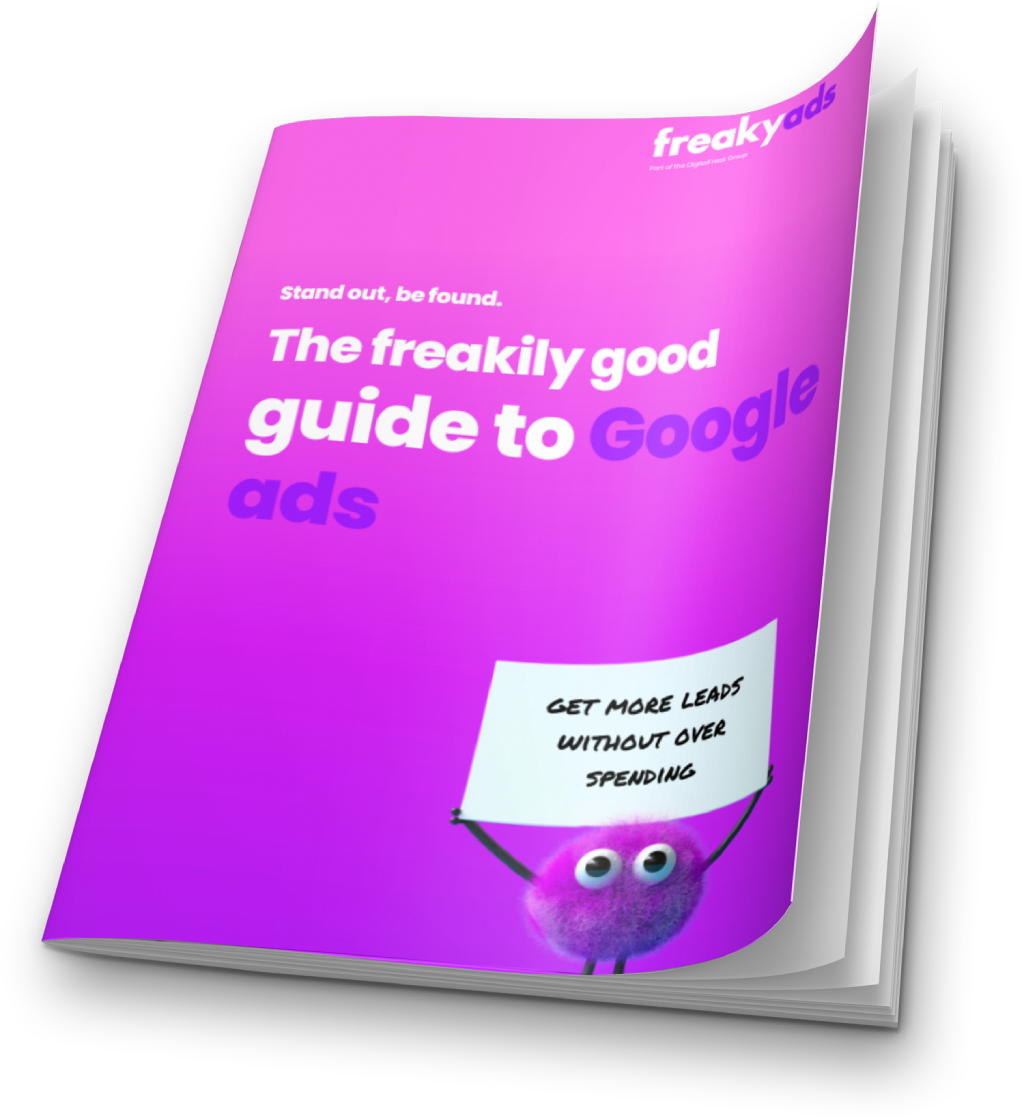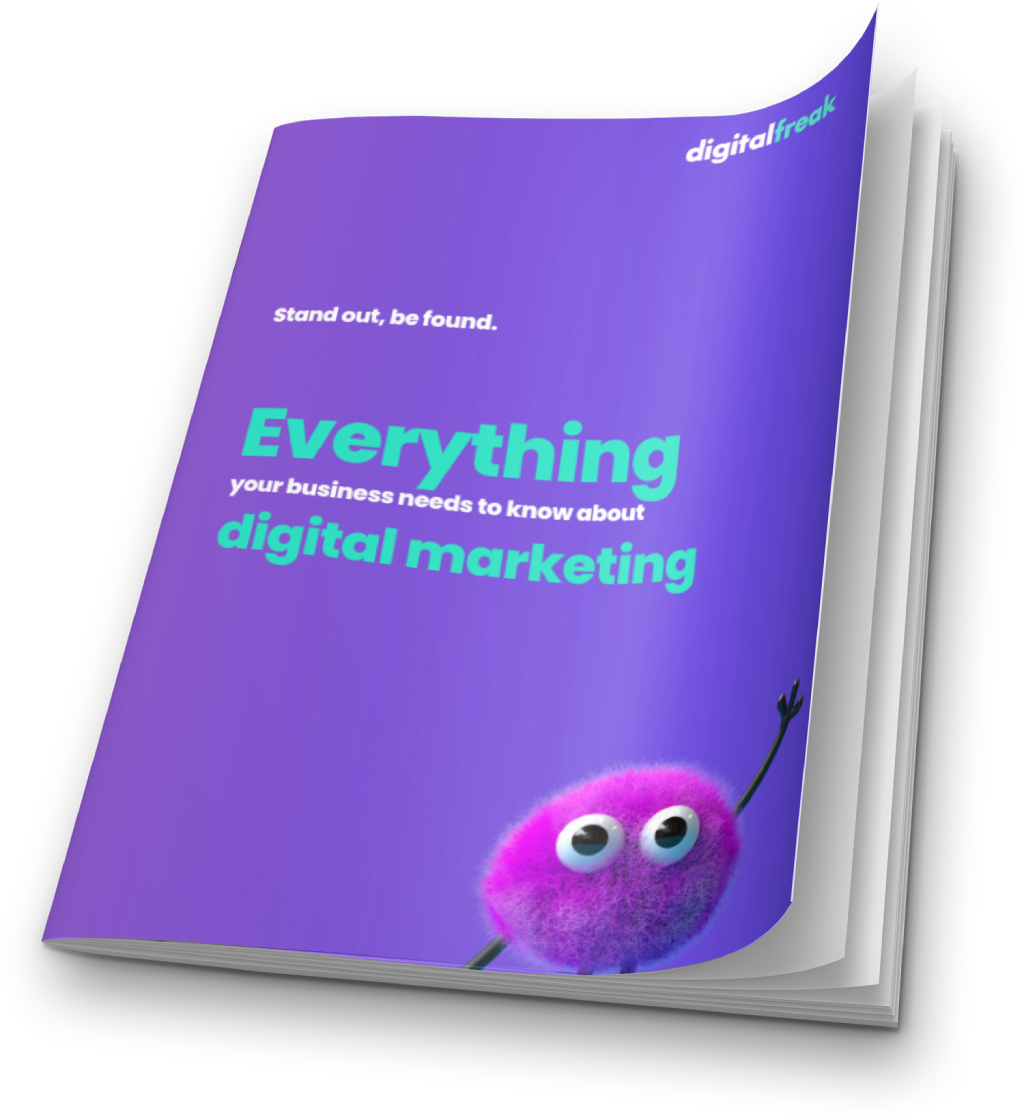The COVID-19 pandemic has highlighted just how important a digital presence is for any business, whatever the size or the industry. Now is the perfect time to take a good look at your web design and see if your website has what it takes to perform in this digital age. Here are the 10 most important elements of a website that actively attracts, engages and converts visitors into paying customers, from our web design team in Melbourne.
#1 Your Website Shows Who Your Audience is
Your website is the foundation of your digital marketing strategy – the digital version of a brick-and-mortar store – so you should be able to look and it and immediately see who it appeals to.
To see if your website design is talking to the right people, start with generating a few personas of what your ideal client looks like. These target personas should explain who your customer is, what they are looking for, what their values are, and why they’d be looking at your website. Every element of your web design should speak to these customers, from the products you offer and the values your brand promotes to the aesthetics of the website itself. There should be a clear, visible and obvious connection.
#2 A Clear First Impression
When a visitor arrives at your website, they should be able to tell in the first 5 seconds whether or not they have come to the right place. This means that your landing pages should be optimised to show what you are selling, why a customer should buy it, and how to progress through the sales funnel. Each step should be completely clear for a first-time visitor. If you have a very high bounce rate (90% or more) for first-time buyers, then there’s something wrong with your web design. Look at each page and see if you can answer the following questions in 5 seconds:
- What are you selling?
- Am I in the right place?
- What are the benefits for me?
- What actions can I take?
#3 Showcase Your Priority Offerings
Unless you are running a large ecommerce website, it’s more effective to actively showcase your main offerings front and centre rather than burying them in lists that your visitors have to search and filter in order to find. Whatever your main source of business is, you want it to be clear from the moment a visitor arrives on your website. For example, if you run a plumbing company get a lot of work through emergency calls, then you want a bold banner declaring “We’ll help you with any plumbing emergency, 24 hours a day, 7 days a week”. Sure, you offer other services that can have their own pages, but you want your main target market to know instantly that they’ve arrived at the right place.
Home page banners are also a great technique for promoting seasonal discounts, new products, promotions and limited time offers – but don’t forget to make the product or service that’s your bread and butter the star of the show.
#4 Responsive Design
In the past, website designs were created for PC and laptop users, because those were the devices most commonly used to browse the internet. Thanks to smartphones and tablets, however, we now have hundreds of different devices browsing the web, all with different sized screens, resolutions, and user behaviours. If you want all your consumers to be able to easily view your website, you need to make your website viewable on all devices using responsive web design. This is especially important as mobile browsing continues to grow in popularity.
#5 Usability
Website usability testing is a critical part of web design for the simple reason that just because you know your website inside out, doesn’t mean anyone else will. Usability testing ensures that no matter who lands on your website, regardless of which of your products they are looking for or even their online capabilities, they will be able to find it quickly and easily.
This type of testing helps ensure that the user experience is simple and uncomplicated, free of errors and confusion, and has no ambiguities in wording or functionality that can lead a first-time visitor astray. It also helps keep the cost of maintaining your website down, as it is much easier to make changes in the development stage than to do a rebuild once your site goes live and customers have problems.
#6 Search Engine Optimisation (SEO)
With the right SEO strategy, you can ensure that your website is one of the first results a search engine user receives when searching for your company, the products or the services you offer. This is one of the single most important investments you can make in your digital presence – and the best part is that it is completely free. It’s all about designing your website and filling it with content that reflects accurate keywords that your customers are likely to search for, making sure that there are dedicated, keyword-rich landing pages that apply to their particular queries. By following SEO best practices and not trying to scam the system, the Google algorithm ranks your content favourably and works with your website to ensure it gets shown prominently to the most relevant clients.
Quality-Driven Web Design in Melbourne
Whether you’re starting a new business, expanding your website design to include ecommerce or rebuilding an old website, our web design team in Melbourne is ready to assist you! As digital marketing specialists we can provide you with a comprehensive solution, helping to build and promote your business on any medium you choose, whether it’s by creating a catchy, informative blog or sparkling on social media. Chat to us today and let’s help your business grow!

Written by
Karyn Szulc – CEO, Founder
When clients work with me, they get exactly what they want - no-nonsense, authentic digital marketing that works! With my industry experience, eye for detail, and a team that goes the extra mile, every client gets the personalised, expert treatment they deserve. Let’s get you online – and growing!














